Sikkim--India's Buddhist State
March, 2016
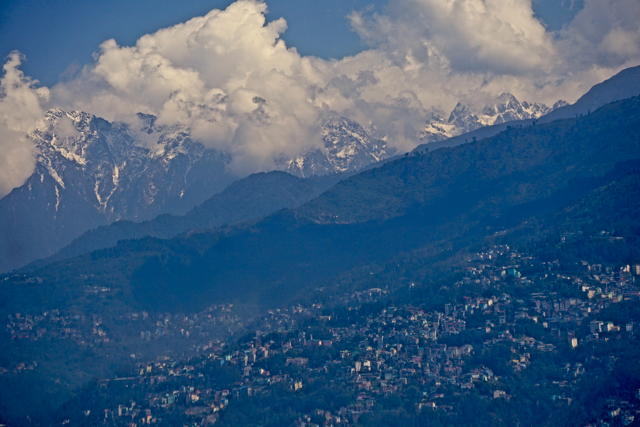
A Brief History of Contemporary Sikkim
The history of Sikkim parallels that of Bhutan in many aspects. Like Bhutan, Sikkim was a geographically isolated Buddhist kingdom that was never colonized by the British or any other country. Bhutan has remained an independent country, though it is closely allied with neighboring India. Sikkim requested to become a part of India in 1970, based on a very unusual set of circumstances, as told to us by our Indian tour guide.
In the early sixties, the king of Bhutan was married with a son and a daughter. At some point, he traveled to the US for studies. While in the US, he fell in love with an American woman. He took her as his second wife, and he had a son by the new wife. (The current king of Bhutan is married to four sisters!) When the king died, as is often the case, there was a conflict as to who should become the new king of Sikkim. The king’s first wife predictably assumed that her eldest son would be the heir to the throne. However, the American wife, because she considered herself the former king’s favorite, claimed that her son should become the king.
The death of Sikkim’s king occurred during the time that China was aggressively occupying neighboring Tibet. A rumor surfaced that the king’s American wife had approached the Chinese government, to say that she would invite the Chinese to occupy Sikkim if they would insure that her young son became the king. Alarm at the prospect of a Chinese invasion from Tibet, the Sikkim government approached India, requesting that Sikkim be accepted as an Indian state. The former king’s American wife was banned from entering Sikkim again.
It is interesting to consider what has happened in Sikkim since 1970 compared with Bhutan. In 1970, Sikkim and Bhutan were both extremely underdeveloped. Because India fears its rival China, India has invested heavily in Sikkim, building roads and establishing military bases to strengthen Sikkim as a buffer state against China.
Thus, Sikkim today is much more developed economically than Bhutan. It’s population is much larger than in 1970, due to the influx of Indian workers. In an effort to preserve Sikkimese culture, Indians are prohibited from owning property in Sikkim. However, our guide explained that wealthy Indian investors obtain leases to property from Sikkimese citizens and proceed to build high-rises and otherwise develop the land in the same unregulated and chaotic manner found in much of the rest of India.
We observed Hindu, Christian, and Sikh temples/churches in Gangtok, Sikkim’s largest city. However, the Buddhist presence is still strong, with numerous monasteries, stupas, and Buddhist-themed hotels and restaurants. Tibet, the traditional center of Buddhism, is represented by a museum of art and relics from Tibet, as well as restaurants run by Tibetan exiles. India has been much more sympathetic to Buddhists and preserving their culture than China has been in Tibet, where Buddhist culture is severely suppressed.
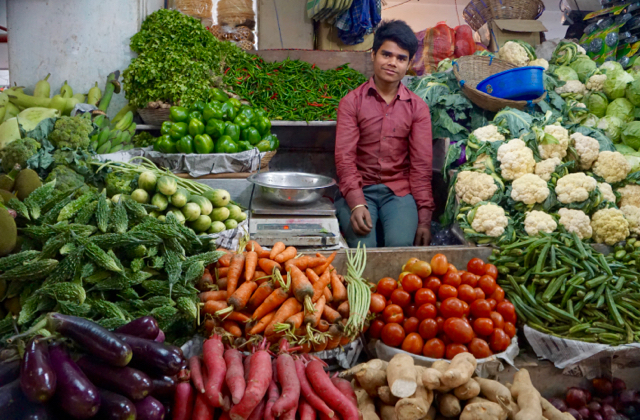
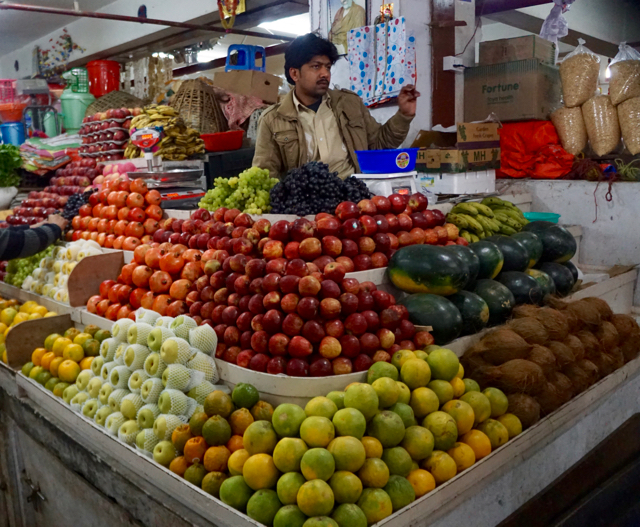
Troubles for Buddhism in Sikkim
We were taken by our tour guide to a large Buddhist monastery outside Gangtok, supposedly attended by 4500 monks! The layout of the large temple was very similar to the ones we had just visited in Bhutan. The centerpiece is a large golden statue of Buddha, surrounded by other statues, thangka paintings, sculptures, and religious artifacts. Lining the walls were small compartments each holding a small statue, totaling one thousand Buddhas. There were also ancient books/texts, either copies produced in Sikkim or relics from Tibet, smuggled out before they could be destroyed by the Chinese. As in Bhutan, photography is prohibited inside all temples.
Behind the scenes, there is conflict in the Buddhist hierarchy. Just as with Sikkim’s king, there is a succession dispute as to who should be Sikkim’s Karmapa, the leader of this country’s Buddhists. There is a strong belief in reincarnation among Buddhists (and Hindus as well). Traditionally, in contemplation of his death the reining Karmapa would write a letter to be read after his death, which would give instructions for finding his successor. Typically, this would instruct his followers to go to a certain village, seek out a certain family, and a certain son would be identified as the reincarnated Karmapa. In the case of the previous Karmapa, there was no letter found after his death. It might have been purloined…Rumors abound.
The current Dalai Lama, born in Tibet, but living mostly in India, is the overall authority in spiritual matters. When he fled Tibet, he brought with him four young men as disciples or spiritual heirs. A competition arose as to which one of these young men should rightfully assume the Karmapa’s authority. The Dalai Lama has adopted one of the young men as his designate for Karmapa of Sikkim. That young man is now twenty-eight years old. His photo hangs below the Dalai Lama’s photo in the Sikkim monastery. His rival is backed by China. There is an ongoing legal battle for the two competing would-be Karmapa’s. But has yet to be some verification or confirmation that either of these young men is truly a reincarnation of a former Karmapa. At present, both contenders are barred from entering Sikkim. There are guards controlling and frisking all visitors to the monastery. Any open conflict could be damaging to Indian tourism.
The current Dalai Lama has been an unwilling pawn in relations between the US and China. He’s recently suffered from a health crisis, which led him to be a patient at the Mayo Clinic in the US. His death will no doubt create a crisis of succession, with China seeking to promote its chosen “reincarnated successor” as opposed to the successor chosen by the Tibetan government in exile located in Darmsala, India. Foreseeing this conflict, the current Dalai Lama has declared that he might be “the last Dalai Lama.” He is realistic about the dispersion from Chinese-occupied Tibet of the Tibetan Buddhists, and the conflicts already arising between different Buddhist factions, the so-called Red Hats, Black Hats, Yellow Hats, and White Hats. I don’t think the competing factions differ based primarily on doctrinal conflict. Rather, each faction has its distinct favorite Rimpoche or Karmapa, just like different bishops in the Catholic church. Indeed, learning about the conflicts within Buddhism feels all too similar to the competing factions within Christianity (Catholics and Protestants) and Islam (Sunnis and Shias).

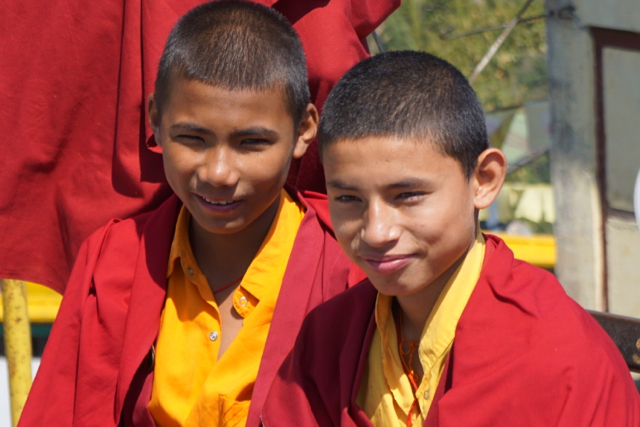

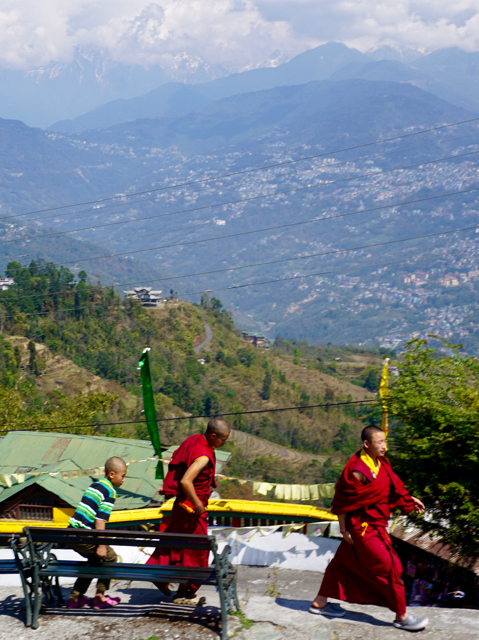
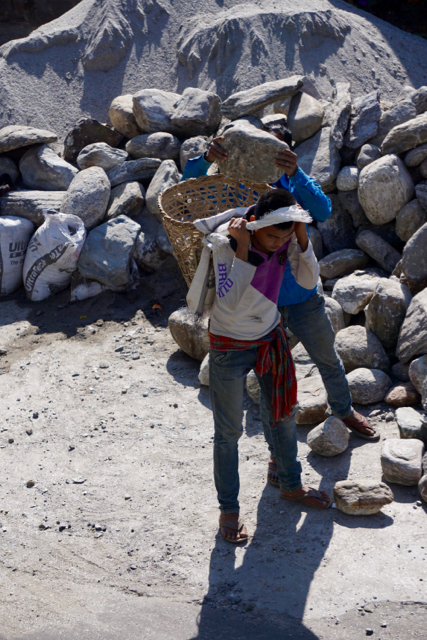
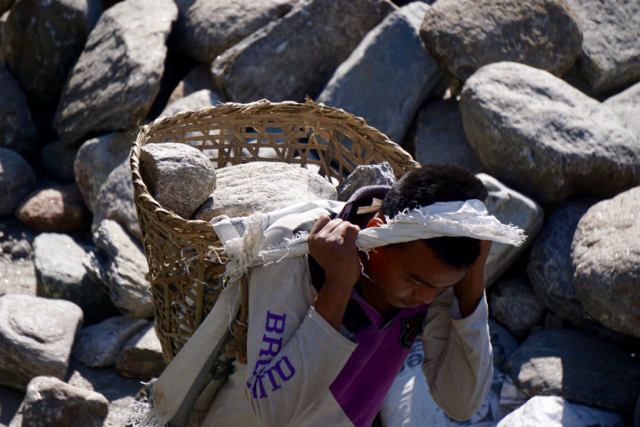
0 Comments on Sikkim--India's Buddhist State
Join the Conversation